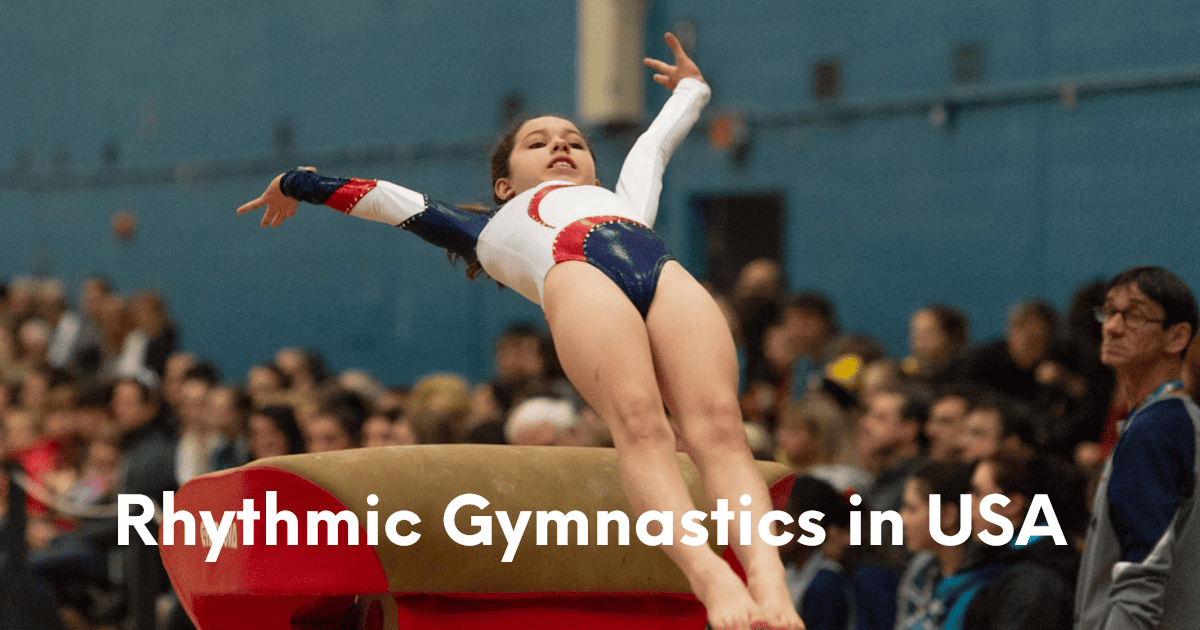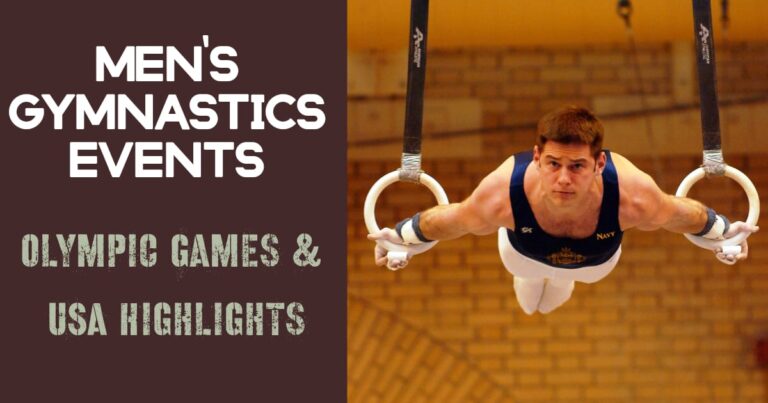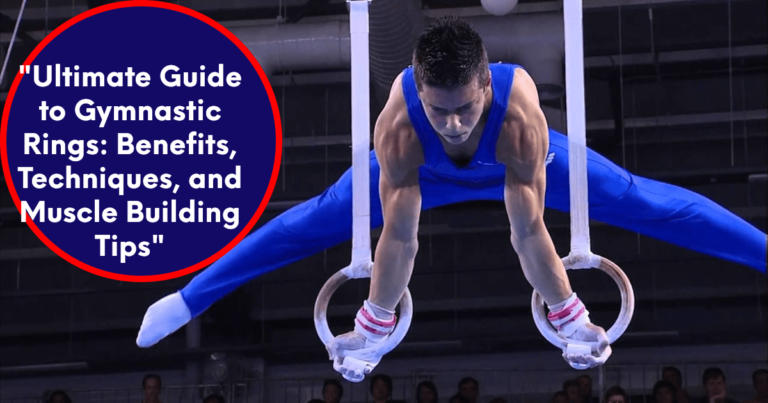Rhythmic gymnastics, a mesmerizing blend of dance, acrobatics, and apparatus manipulation, has captivated audiences worldwide. This sport, characterized by its elegance, precision, and artistic expression, has also seen significant achievements by USA gymnasts over the years. In this comprehensive blog post, we will delve into the background history of rhythmic gymnastics, highlight the achievements of USA gymnasts, and provide a detailed analysis of the sport’s development and impact in the United States.
The Origins and Evolution of Rhythmic Gymnastics
Historical Background
Rhythmic gymnastics originated in the early 20th century, evolving from a blend of classical ballet, German apparatus gymnastics, and Swedish educational gymnastics. It was officially recognized as a distinct sport in the 1940s, with the first World Championships held in 1963 in Budapest, Hungary. The sport made its Olympic debut at the 1984 Los Angeles Games, solidifying its place on the world stage.
The Fundamentals of Rhythmic Gymnastics
In rhythmic gymnastics, athletes perform routines to music using apparatuses such as hoops, balls, clubs, ribbons, and ropes. The sport requires a unique combination of flexibility, strength, coordination, and creativity. Each routine is judged based on its artistic execution, technical difficulty, and overall presentation.
The Rise of Rhythmic Gymnastics in the USA
Early Beginnings
Rhythmic gymnastics began to gain traction in the United States in the 1960s and 1970s, following its recognition as an official sport. The formation of the United States Gymnastics Federation (now USA Gymnastics) in 1963 played a crucial role in promoting the sport and providing a structured framework for its development.
Development and Growth
The 1980s and 1990s saw increased interest and participation in rhythmic gymnastics in the USA. Gymnastics clubs and training centers dedicated to the sport began to emerge, providing young athletes with opportunities to develop their skills and compete at national and international levels.
Notable Achievements of USA Rhythmic Gymnasts
Diane Simpson
Diane Simpson is one of the pioneering figures in USA rhythmic gymnastics. She represented the United States at the 1984 and 1988 Olympics and won multiple medals at the Pan American Games. Simpson’s performances helped raise the profile of rhythmic gymnastics in the USA and inspired a new generation of athletes.
Mary Sanders
Mary Sanders emerged as a dominant force in the early 2000s. She won multiple national titles and represented the USA at the 2004 Athens Olympics. Sanders’ achievements marked a significant milestone for USA rhythmic gymnastics, as she became the first American to win a medal at the World Championships, securing bronze in the all-around competition.
Julie Zetlin
Julie Zetlin continued the legacy of excellence in USA rhythmic gymnastics. She won the national all-around title in 2010 and represented the USA at the 2012 London Olympics. Zetlin’s dedication and success further solidified the USA’s presence in the international rhythmic gymnastics arena.
The Current Landscape of Rhythmic Gymnastics in the USA
Emerging Stars
The USA continues to produce talented rhythmic gymnasts who compete on the global stage. Athletes like Laura Zeng and Evita Griskenas have made significant strides in recent years. Zeng, a multiple-time national champion, has represented the USA at the 2016 and 2020 Olympics, achieving commendable results. Griskenas, another rising star, has also competed internationally, showcasing the depth of talent in USA rhythmic gymnastics.
Training and Development
The success of USA rhythmic gymnasts can be attributed to the robust training programs and support systems in place. Gymnastics clubs across the country offer specialized training in rhythmic gymnastics, with experienced coaches guiding athletes from a young age. The USA Gymnastics organization plays a pivotal role in organizing national competitions, selecting teams for international events, and providing resources for athlete development.
Challenges and Opportunities
Challenges
Despite the progress made, rhythmic gymnastics in the USA faces several challenges. Limited funding and resources compared to more established gymnastics disciplines can hinder the growth and development of the sport. Additionally, the sport’s niche status means it often receives less media coverage and public attention.
Opportunities
There are numerous opportunities to further promote and develop rhythmic gymnastics in the USA. Increased investment in training facilities, coaching programs, and athlete support can help elevate the sport’s profile. Leveraging social media and digital platforms to showcase the beauty and athleticism of rhythmic gymnastics can also attract new fans and participants.
The Impact of Rhythmic Gymnastics on Athletes
Physical and Mental Benefits
Rhythmic gymnastics offers numerous physical and mental benefits to athletes. The sport enhances flexibility, strength, coordination, and cardiovascular fitness. The artistic and expressive nature of the routines also fosters creativity and self-confidence. Moreover, the discipline and dedication required to excel in rhythmic gymnastics instill valuable life skills, such as time management, perseverance, and teamwork.
Personal Stories of USA Gymnasts
Many USA rhythmic gymnasts have inspiring personal stories that highlight the impact of the sport on their lives. For instance, Laura Zeng’s journey from a young gymnast to an Olympian showcases the power of hard work and determination. Similarly, Evita Griskenas’ rise to prominence underscores the importance of passion and resilience in achieving one’s dreams.
The Future of Rhythmic Gymnastics in the USA
Expanding Participation
Efforts to expand participation in rhythmic gymnastics at the grassroots level are crucial for the sport’s future growth. Initiatives such as introductory programs in schools, community outreach, and partnerships with local sports organizations can help attract new athletes and broaden the sport’s base.
Enhancing Competitions
Enhancing the structure and visibility of national competitions can also drive the sport’s growth. High-quality events that provide athletes with opportunities to showcase their skills and compete against the best can inspire more young gymnasts to pursue rhythmic gymnastics seriously.
Embracing Innovation
Innovation in training techniques, equipment, and technology can further elevate the level of performance in rhythmic gymnastics. Embracing advancements in sports science, biomechanics, and digital analysis can help athletes optimize their training and achieve new heights in the sport.
Conclusion
Rhythmic gymnastics is a sport that embodies grace, athleticism, and artistic expression. The achievements of USA rhythmic gymnasts, from pioneers like Diane Simpson to contemporary stars like Laura Zeng and Evita Griskenas, highlight the talent and dedication present in the country. As the sport continues to evolve, there are ample opportunities to expand its reach, enhance its visibility, and inspire future generations of gymnasts. By celebrating the beauty and athleticism of rhythmic gymnastics, we can ensure that this captivating sport continues to flourish in the USA and beyond.





One Comment